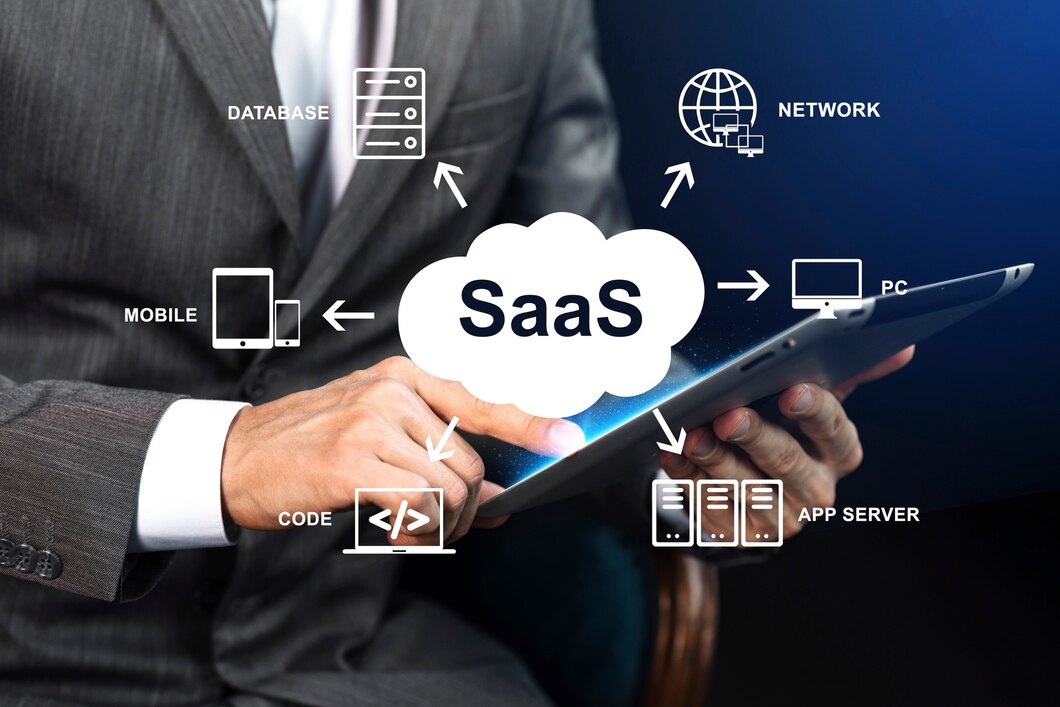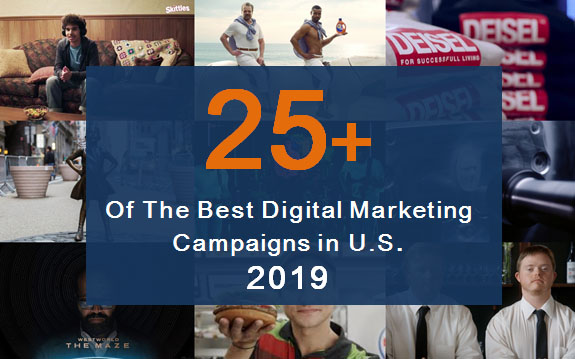How to Build a LinkedIn Marketing Strategy for SaaS Startups
Warning: Undefined array key 0 in /home/dmc/public_html/wp-content/themes/DMC/functions/helpers.php on line 752
Uncategorized
|
Jun 25, 2024
You are a developer or know developers who were able to put your fresh and inventive software idea into practice. You created a useful piece of software that you’re ready to put on the market, advertise it, and sell it to other users or companies.
You found a starting capital and suddenly you are an entrepreneur. Your company is of the software-as-a-service startup kind. You are selling licensed software and the business is going alright.
Do you know what your chances of success are? A mere 10 percent! Why only 10% you ask? Many factors are in play, and while this article cannot give you a simple formula for success, we can cover all the caveats that may come as common sense, but you’d be surprised how often these demands are not met.
You have the most powerful business marketing tool ever at your disposal – LinkedIn. You have the know-how to use this social network, and still, many seasoned LinkedIn users do not know how to make the most of it, although their startup business is at stake.

So, let’s begin with a simple, yet effective lesson: put quality over quantity.
How to Build a LinkedIn Marketing Strategy for SaaS Startups
Content Cadence with a Purpose
We all know you have to put it out there to be noticed. What we don’t know is that posting random content with some links does not count as useful and productive marketing strategizing.
Ditch the generic daily posts. They should be daily and organized by a calendar if necessary, but pay attention to the stuff you post.
A good rule of thumb can be the so-called ”4Es of content framework”. Those four letters E stand for:
- Educate
- Engage
- Entertain
- Empower
Your LinkedIn posts should offer readers some industrial insight into problem-solving issues. This will probably concern the software you are selling but don’t be too constrained by it. Seek for usual hurdles in your branch of business, and offer tips to solve them.
Post your content engagingly. Motivate readers to join the conversation, bookmark it, or share it. Post polls or ask specific followers questions to maximize your post reach. Even use LinkedIn messages to contact potential customers with a personal touch. Preferably use an outside organizer software to dodge the drawbacks of the original LinkedIn messaging software.
Mix the text with pictures or clips. This clever way of enriching your content can be far-reaching. Everybody likes to be entertained. And when they are learning at the same time, well your post has hit the jackpot of marketing reach.
Empowering your readers means being able to give them insight into specific troubleshooting of your industry. Something that will make them feel special or a part of a community now that they have this knowledge. Give them reasons to feel good about using your software solutions, for instance.
Importance of Employee Online Engagement
As a startup, you won’t be having a lot of employees, at least in the beginning. This opens up a possibility that is unachievable for larger businesses: training your staff to become focal points of your LinkedIn marketing strategy. What does it mean?
Usually, each employee receives a pitch to engage in LinkedIn activity by sharing company posts. This is easy, not time-consuming, and often – futile.
As we explained before, reach is not achieved by mechanical reposting of the original post. At least, not a considerable reach. What you need is to go deeper!

Train employees to be mini-thought kingpins in their LinkedIn environment. Encourage them to write original industry content, participate in relevant discussions, and connect with prospects directly.
Now, this is not something everyone is cut out to do. Some will thrive, others will go unnoticed. However, each employee will be guaranteed to have a greater reach than all the employees put together when they are doing their robotic reposting.
Social Selling with a Human Touch
The whole idea behind a proper LinkedIn marketing strategy is to push your products. It doesn’t matter what you are selling, the principle stays the same – establish genuine connections with customers and create the need with them to spend money on your product.
The same goes for SaaS startups. You want your marketing team (or each and every of your employees) to reach out and establish relationships with potential customers.
As with salespeople who use LinkedIn for prospecting, and do it pretty much with an impersonal feel, you too can make the same mistake.
Instead, do the following:
- Personalize connection requests,
- Engage in genuine conversations,
- Offer helpful resources before pushing your product.
Human touch is becoming ever more valuable with the development of artificial intelligence. To cut costs, many businesses are increasingly becoming dependent on AI customer support.
Realizing that on the other line is a machine and not a human being is still very repulsive for an average Joe. So, use this and connect directly.
Conclusion
And there you have it: a couple of solid strategies to build upon. The content, the connecting with clients, the relationship with your employees – everything listed here will have to be reinvented by yourself. There is no road map for specific actions to be done.
But, the framework is here and if you stick to it – those ten percent for the survival of your startup will steadily rise. LinkedIn is a sea rich in fish, all you have to do is stick to these marketing strategy principles, and your business will thrive.
Warning: Undefined array key "sidebar_ads" in /home/dmc/public_html/wp-content/themes/DMC/functions/helpers.php on line 824




